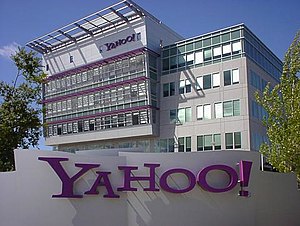IBM and other technology companies whose products help big corporations save money or expand data storage capacity are faring better than those relying on consumers as the economy slows.
International Business Machines Corp, the world's biggest technology company, impressed investors by easily beating quarterly profit expectations and raising 2008 forecasts when it reported along with other big tech companies on Thursday.
In contrast,
Microsoft Corp missed estimates amid concern about its online business and the economy, while Google Inc also disappointed. The Web leader told investors it was operating under "uncertain economic conditions" after a weaker-than-expected 35 percent quarterly profit increase.
Darren Bagwell, director of equity research at Thrivent Asset Management, which manages $73 billion, reckons
IBM's results point to strong performances for companies like
EMC Corp, the world's biggest maker of corporate storage gear.
EMC releases its results on July 23.
"IBM's mainframe business was on fire," he said, pointing to a new line of computers that
IBM introduced in February. They sold out at the end of the second quarter after the company's first major upgrade to its mainframes in almost three years. They are used in "
green" data centers that help businesses save money on energy and maintenance costs.
In a teleconference with analysts and reporters on Thursday,
IBM said demand from companies in developed countries looking to expand data centers contributed to its better-than-expected 22 percent rise in quarterly profit.
Bagwell noted both
Microsoft and
Google said they plan to invest heavily to develop larger, more sophisticated data centers so they can better compete with each other.
"They are spending a lot of money to build out the infrastructure they need," he said. "Someone is going to get the benefit of that, obviously."
Bagwell expects such infrastructure investment will also bolster profits at
VMware Inc, whose software helps companies save money by allowing them to boost the efficiency of server computers.










